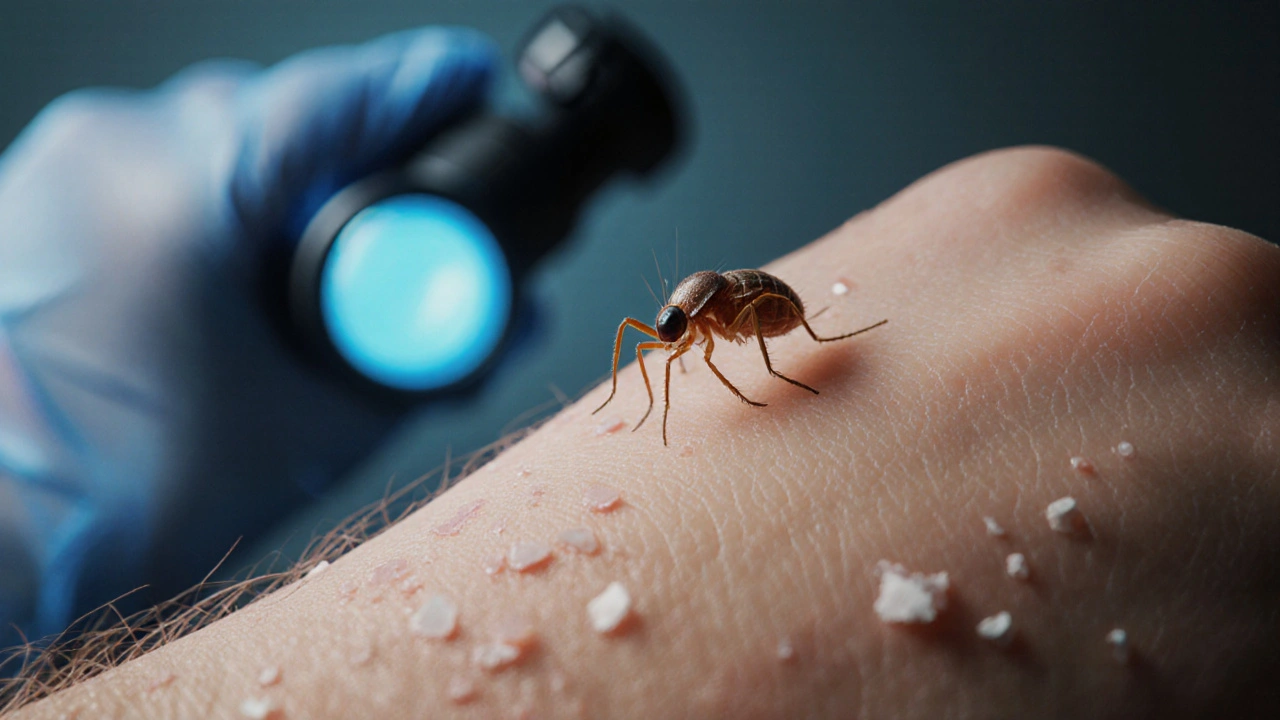Sarcoptes scabiei resistance: what you need to know
When dealing with Sarcoptes scabiei resistance, the growing ability of the scabies mite to survive standard medicines. Also known as scabies resistance, this phenomenon threatens the effectiveness of frontline creams and oral drugs, making outbreaks harder to control.
Why the usual suspects sometimes fail
The two most common topical agents, permethrin, a synthetic pyrethroid applied as a 5% cream and the oral agent ivermectin, an antiparasitic given in single‑dose tablets, have shown reduced kill rates in several regions. When a mite population carries mutations in the sodium‑channel gene, permethrin can no longer disrupt nerve function effectively. Likewise, alterations in the glutamate‑gated chloride channels diminish ivermectin’s binding, allowing some mites to survive the dose.
Beyond genetics, improper application—such as short treatment durations, missed body areas, or using under‑dosed products—creates a selective pressure that accelerates resistance. Public‑health surveys in coastal communities have linked these practices to rising treatment failures. In response, clinicians are turning to alternative chemicals like benzyl benzoate, sulfur ointments, and newer oral agents such as moxidectin. Each alternative brings its own safety profile, so understanding side‑effects, contraindications, and dosing schedules is crucial.
Our article collection below reflects the broader medication landscape that matters when you need an alternative. You’ll find detailed drug comparisons, safe‑online purchasing guides for generics, and therapy overviews that can help you decide which option fits your situation best. Dive in to see practical tips, dosage tricks, and cost‑saving strategies that support effective management of resistant scabies cases.

Scabies Mite Resistance: Can Sarcoptes scabiei Beat Common Treatments?
Explore how Sarcoptes scabiei may develop resistance to permethrin, ivermectin and other treatments, see early detection tips, and learn alternative options.
Read More